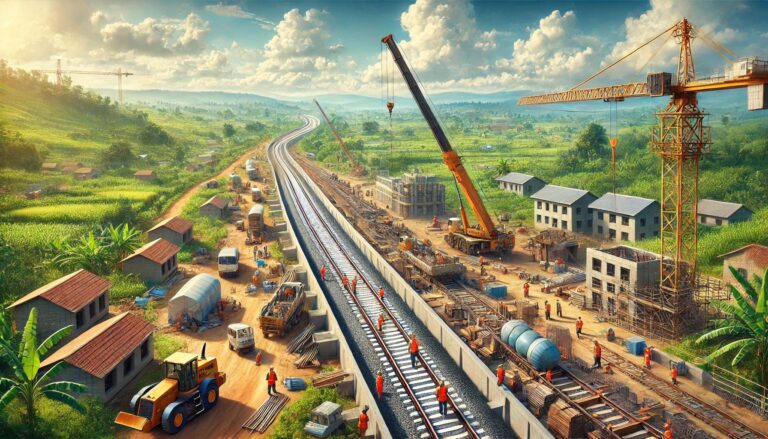Let’s talk about something that’s been on everyone’s mind lately – Uganda’s transportation situation. It’s no secret that getting around in Sub-Saharan Africa, especially in Uganda, can be a bit of a headache. Most people rely on roads, which can be pretty expensive and often not in the best shape.
I remember my last trip to Uganda, and boy, was it an adventure just to get from one place to another! The roads were packed, and it seemed like everyone was stuck in traffic for hours. It’s not just inconvenient; it’s also tough on people’s wallets. Many Ugandans can’t afford their cars, so they’re left with limited options for getting around.
Private Sector Dominance and Its Impact on Public Transport Costs
Now, here’s where things get interesting. In Uganda, private companies are the big players in transportation. While that might sound good, it makes things pricier for the average person.
I had a chat with a friend who works at UniFreight Group, a logistics company in Uganda. He told me about the challenges they face every day. Trucks get held up on major routes, deliveries are delayed, and it’s just messy sometimes. All of these issues end up making transport more expensive for everyone.
Economic Impact of Transportation Inefficiencies
These transportation problems aren’t just annoying – they’re hurting Uganda’s economy. Imagine you’re a business owner trying to get your goods to market. The longer your products are stuck on the road, the more money you’re losing.
I spoke to a local trader who regularly crosses the Malaba border. He shared how he sometimes spends days just waiting to get his goods across. And don’t even get me started on Kampala’s traffic! It’s like the whole city comes to a standstill during rush hour.
Uganda’s Strategic Move: Partnership with Yapı Merkezi
But here’s some good news! Uganda’s government has decided to tackle this problem head-on. They’ve teamed up with a Turkish company called Yapı Merkezi in a big €2.7 billion deal with an intention to build a brand new railway line.
This isn’t just any railway. We’re talking about a 272-kilometer stretch from Malaba to Kampala. That’s about the distance from London to Manchester! It’s a huge project, and it’s got a lot of people excited.
Vision for the Standard Gauge Railway: Boosting Capacity
Gen. Katumba Wamala, one of the big names behind this project, says this railway is going to be Uganda’s “transport backbone.” I like the sound of that! It’s not just about moving goods faster; it’s about being able to move more of them.
Think about it – more trains mean more cargo can be moved at once. And it’s not just for goods; people will be able to travel more easily too. As someone who’s been stuck in Ugandan traffic more times than I can count, I’m personally looking forward to this!
Connection to Regional Trade Networks
But wait, there’s more! This railway isn’t just about getting around Uganda. It’s part of a much bigger picture – a 1,724-kilometer network connecting Uganda with its neighbors. That’s like going from Paris to Rome!
Uganda is trying to sell more of its products to other countries, and this railway could be a game-changer. It’ll make it easier to get goods to Kenya’s Mombasa port, opening up new opportunities for Ugandan businesses.
Financial Hurdles and Rising Public Debt
Now, I know what you’re thinking – this all sounds great, but how is Uganda going to pay for it? That’s the tricky part. Uganda already owes quite a bit of money, and this project is going to cost nearly $3 billion. That’s a lot of cash!
There’s a worry that if Uganda can’t keep up with the payments, it could cause some serious economic problems down the line. It’s like when you take out a big loan to start a business – it’s risky, but it could pay off big time if it works out.
Projected Economic and Social Benefits
Despite the risks, many people are optimistic about what this railway could do for Uganda. It could make it much easier and cheaper to move goods around, which is great news for businesses.
But it’s not just about business. This project could create lots of new jobs and make life easier for everyday Ugandans. Imagine being able to hop on a train instead of sitting in traffic for hours! As someone who experienced Uganda’s transport challenges firsthand, I can’t wait to see how this changes things.
“This railway isn’t just about trains – it’s about opening up new possibilities for Uganda’s future.”

